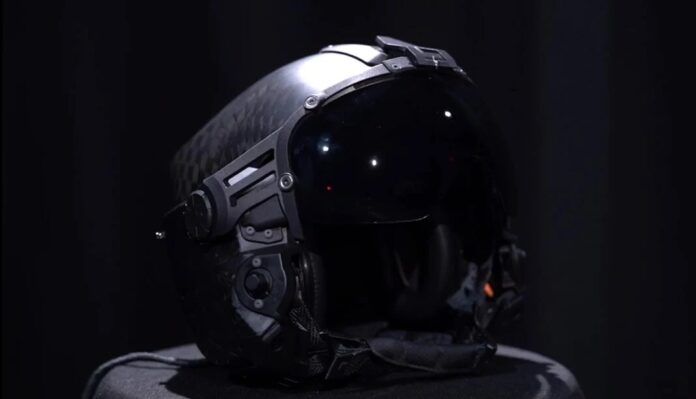LIFT Airborne Technologies has been chosen to continue prototype development of a new helmet for U.S. Air Force fixed-wing aircrew members. “The current helmet was based on 1980s design,” said Scott Cota, an analyst attached to the Air Combat Command (ACC) Plans and Requirements branch for aircrew flight equipment. “Since then, gains in aircraft technology and the demographic of pilots have changed.” The legacy helmet was not originally designed to support advances in aircraft helmet-mounted display systems, Cota said, causing pilots to fly with equipment not optimized for them, “especially our female aircrew.” For example, a 2020 anthropometric study revealed that advanced helmet-mounted devices added weight and changed the center of gravity for today’s applications.
Revising the design of the next generation of helmets is one of the first initiatives to apply the principles of AFWERX, an Air Force innovation arm launched in 2019 and dedicated to working with nontraditional defense companies. Cota coordinated with other major commands and the Air Force Life Cycle Management Center’s (AFLCMC’s) Human Systems Program Office at Wright-Patterson Air Force Base in Ohio. The goal was to establish criteria for the new helmet design to accommodate operators across the range of Air Force personnel. Key parameters included weight, pilot comfort, optimized fitment and protection, stability, optimized center of gravity, and integration with various helmet-mounted systems.
Capt. Timothy James, AFLCMC Human Systems Division of Agile Combat Support Directorate program manager, said, “Using a streamlined acquisition process to move the program, the AFLCMC took the AFWERX initiative and solicited over 100 different designs from industry. Promising designs were evaluated and submitted for further testing.”
Following additional research and testing, the new helmet will be evaluated for further improvements before the Air Force will offer a production contract, scheduled for 2024. ACC plans a phased approach to delivering the new helmet to operational fixed-wing aircrew members, beginning with those operating the F-15E Strike Eagle.




































‘female’ or ‘small person’?
Many small people here, especially with immigration from SE Asia and China, though children are often larger than parents. (It varies, perhaps diet in childhood is a key factor).
Head size and upper body strength – especially neck, are logical considerations.
Certainly just hanging weight on front does not seem wise.
That was / is the issue. The augmented reality screens are mounted out in front of the helmets pulling the head down and forward in high Gs situations.